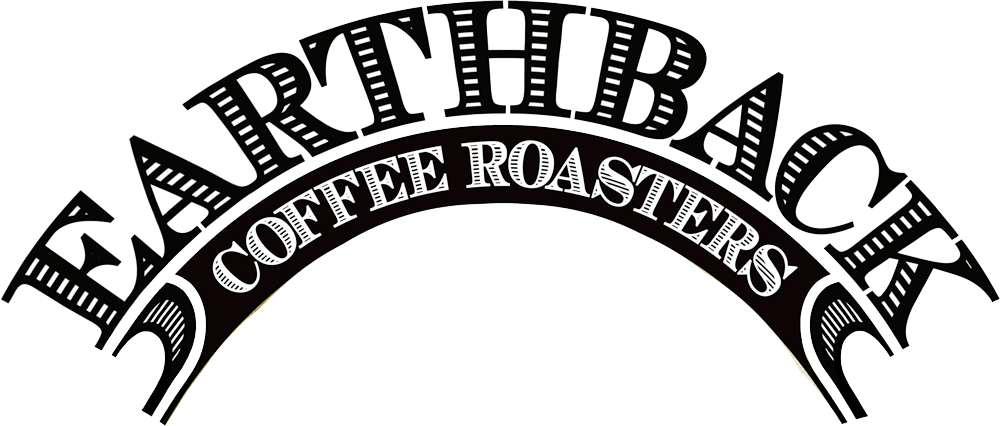
Single-origin coffee is coffee grown within a single known geographic origin.
Single-origins can offer unique characteristics and specific tastes when compared to blended coffees from multiple origins.[1] Coffee shops can market single-origin coffees specifically to add symbolic value to the coffee by highlighting the producer or the coffee's unique origin.[2] Consumers of specialty coffee are often attracted to single-origin coffee for the transparency it often attempts to convey.[3]
There are no universal rules or governing body enforcing the labeling of coffee. However, there are governmental bodies in some countries that regulate the coffee market, for example in Brazil.[4]
While it is still difficult to accurately authenticate a given coffee's origin, recent genomic research indicates that it is possible to identify a DNA-fingerprint of coffee trees.[5] This technique may eventually allow buyers of un-roasted, green coffee, to authenticate a single-origin coffee. This would improve the transparency and traceability of coffee.
Single-origin coffees may come from a single farm, multiple farms from the same country, or just a blend of the coffees grown from that country.[6][7] It could also mean an entire country which produces a wide variety of beans. such as Brazil, Colombia, and Vietnam.[8]
Estate coffees are a specific type of single-origin coffee. They are generally grown on one massive farm, which might range in size from a few acres to large plantations occupying many square miles, or a collection of farms which all process their coffee at the same mill.[9] Many countries in South and Central America have estate coffee farms, countries such as Colombia, Brazil, Costa Rica, and Mexico, have many estate farms. Starbucks owns a large majority of coffee farms in the Philippines, combining many small farms together to form one giant cooperative farm.
Micro-lot or small-lot coffees are another type of specific single-origin coffee from a single field on a farm, a small range of altitude, and specific day of harvest.[10] Many micro-lots are used for growing specialty coffee, which is some of the highest quality coffee offered on the market, which can range in prices.
- Wikipedia article
